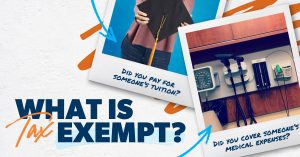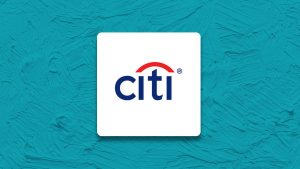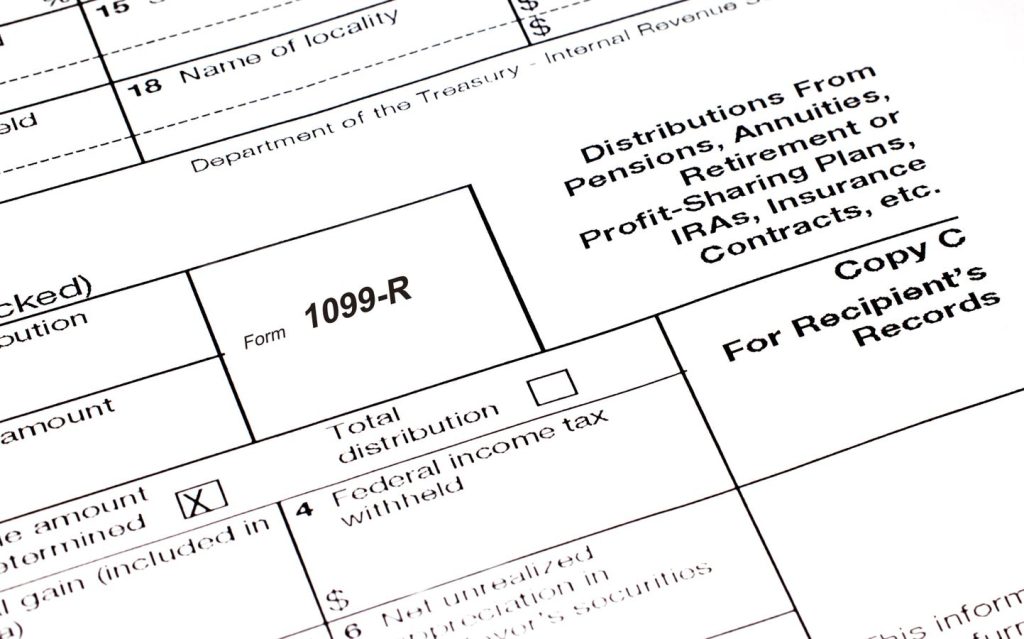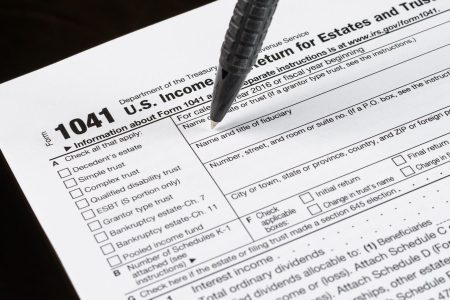If you are over 70 1/2 and have any charitable inclinations or obligations arranging qualified charitable distributions (QCD) from you IRA is probably a really good deal. For some people it could be a wash but when you consider the higher standard deduction nowadays, numerous things that are tied to adjusted gross income and, in some cases, state income taxes chances are it will save you taxes. There are some traps you need to watch out for, though and that is what I want to tell you about.
The 1099-R
If you take a $20,000 IRA distribution you should receive Form 1099-R. If it is a regular or rollover IRA with no non-deductible contributions, Box 4a Distributions will have $20,000 and Box 4b Taxable Amount will have $20,000. What will happen if instead of taking a $20,000 distribution you directed that $5,000 of it be sent to Just Detention International or the American Friends of Lafayette? Or maybe not needing the distribution at all you directed that the whole $20,000 go to your alma mater, which probably doesn’t really need it either. In either of those cases your Form 1099-R will show $20,000 in both boxes. When something like that happened to me I found it rather disturbing.
When that sort of anomalous thing happens I have a lot of resources at my disposal. There is Reilly’s Seventh Law of Tax Planning – Read the instructions – for example. On page 27 of the instructions for Form 1040 we find:
“Exception 3. If all or part of the distribution is a qualified charitable distribution (QCD), enter the total distribution on line 4a. If the total amount distributed is a QCD, enter -0- on line 4b. If only part of the distribution is a QCD, enter the part that is not a QCD on line 4b unless Exception 2 applies to that part. Enter “QCD” next to line 4b.”
Essentially the determination that a distribution is a QCD is on the taxpayer not on the trustee of the IRA.
The Problem With The 1099-R
If you have a pretty casual attitude toward how you put your material together to give it to your tax preparer, there is a good chance that the exclusion that you are entitled will be missed. The way I keep in touch with what is going on with the the tax prep community is through #TaxTwitter. I did one of my unscientific polls asking how likely it is that the QCD exclusion gets overlooked.
I think the negative result is a little exaggerated because of the time of year. Late March early April is a particularly stressful time for the #TaxTwitter community. Nonetheless it is a real problem.
If you are not in the habit of studying your return before telling your preparer to push the send button and you have been making QCDs pull out your returns for the last couple of years and see if you really got the benefit.
Other Worries
QCDs have been around since 2006 which is enough time for there to be some litigation about them, but I haven’t found any. That makes me suspect that there are shenanigans going on. In some disreputable senior center somewhere there is a renegade “tax expert” telling people that they can exempt their IRA distribution by making sure that QCD is put next to Box 4b with a zero in it even though there was no charitable distribution. Ultimately there will be an IRS project on the matter and most of the people busted will be ones who made innocent mistakes.
There are several requirements to qualify a QCD. In the aggregate they can be no more than $100,000 per person. If you have made IRA contributions that you took a deduction for the year you turned 70 1/2 or any subsequent year your exclusion is reduced by the amount of those deductions. You track that from year to year till you clear them out. The distribution has to be made on or after you turn 70 1/2. So in the year you turn 70 1/2 you have to wait till your half-birthday. The transfer has to be made to a qualifying charity other than a private foundation or a donor advised fund.
The entire amount of the distribution has to qualify as a charitable contribution. So if there are any goods and services in exchange it is not a matter of reducing the amount of the exclusion. It is entirely blown. (You will get the charitable deduction instead, but that might not be much help.) Most significantly if the amount is $250 or more, you need an acknowledgement from the charity which includes the amount of cash and a statement that no good or services other than intangible religious benefits were provided to you. The acknowledgement needs to be contemporaneous meaning you must have it on the earlier of when you file the return or when the return is due including extensions.
I worry a lot about the acknowledgements. There are still charities that don’t quite get that. The case law on failure to have proper acknowledgements for deductible charitable contributions is pretty unforgiving. There is no reason to think it will be any different for the exclusion. I had to chase two of the charities I gave to this year and get one of them to correct the language.
Moral
If you don’t do your own return the most important takeaway is to communicate clearly with your tax preparer- Reilly’s Ninth Law of Tax Planning – Tell the preparer what the plan is. Then look for that QCD on line 4, before you give your final blessing to the return.
If you are among the scores of people who file hand written paper returns like we did back in the pioneer days you can take your direction from page 27 of the instructions. If you use software you have to figure out how to code it to get that QCD next to Box 4b.
Read the full article here










